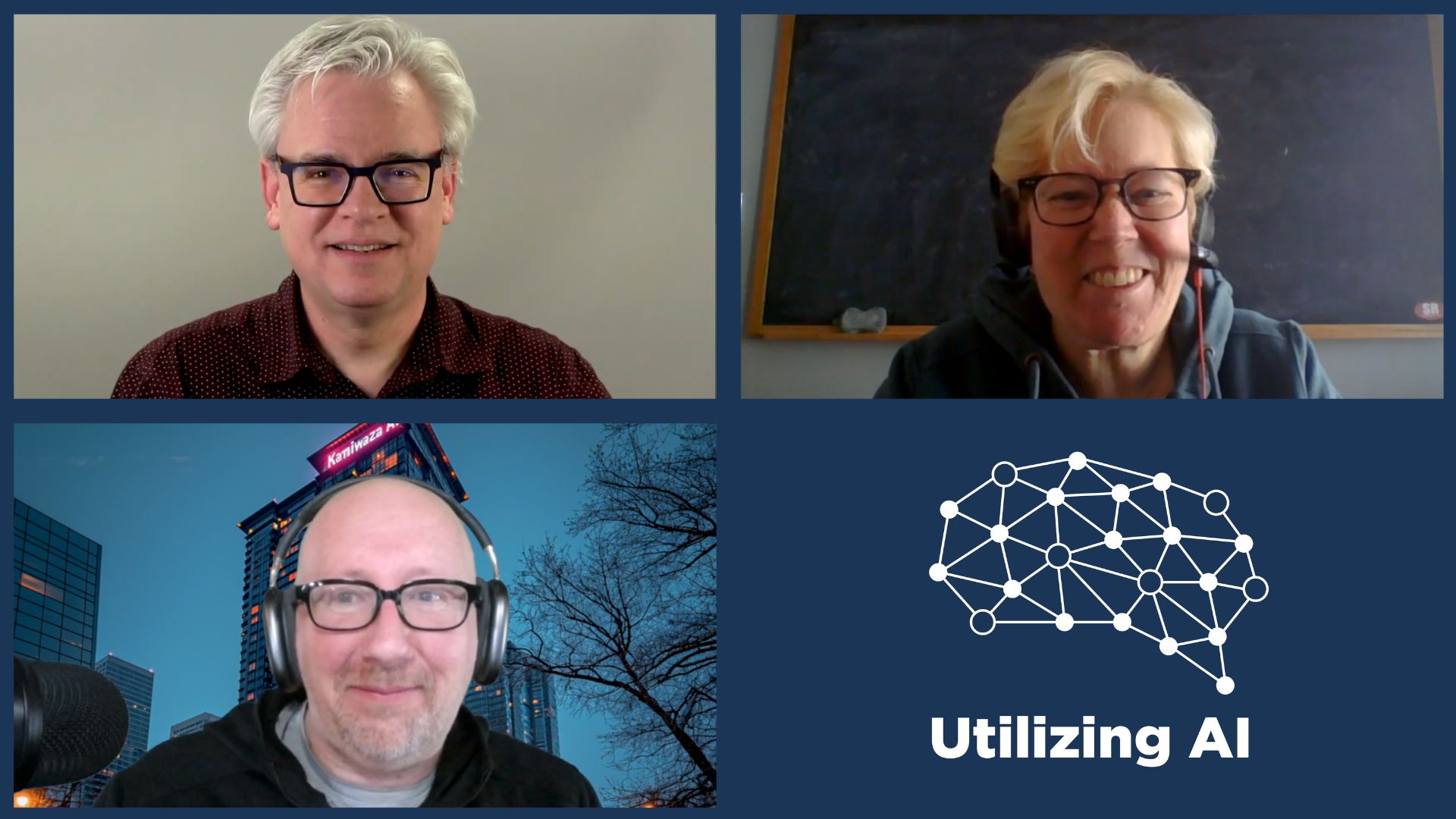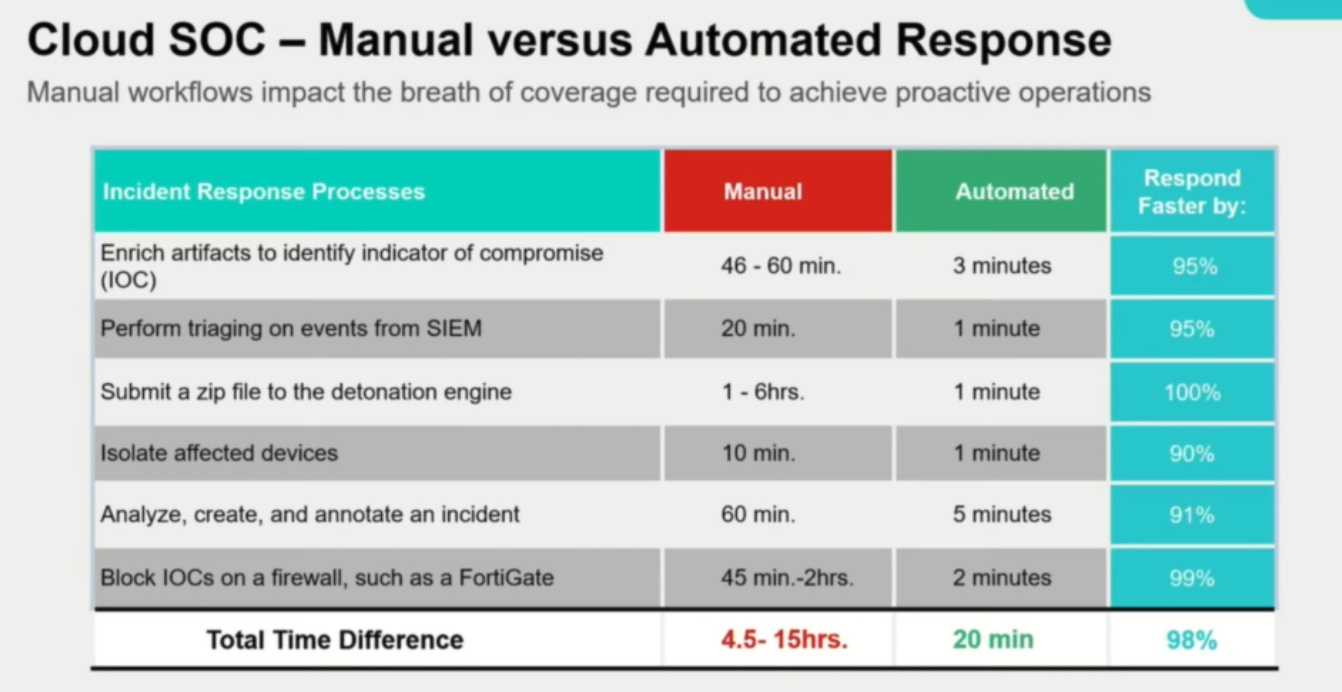Silos in IT has been a board room conversation for many decades. Departments, for some reason, like to keep their affairs separate, and that has established a culture of not sharing knowledge over the wall.
“It is nice when it is someone else’s problem, but at the same time, it leads to so many issues within that environment and communication across teams,” says Matthew Allford, DevOps Engineer, in the Tech Talk recorded at the Cloud Field Day event.
Softening the Silos
The silo mentality has made people resistant to cross-team collaborations. In organizations, this division is the root cause of reduced efficiency and participation, and the slow death of a work culture that is positive and productive.
Despite leaderships’ attempts to knock down the walls between departments, the problem has not disappeared. DevOps is the newest management principle designed to cut the ripple effects of silos in IT.
A trendy management term that by now everybody has made acquaintance with, DevOps was born out of the need to power agile development to make frequent releases. Up until recently, it was the operations team’s job to ensure that applications are available and resilient. But cloud computing flipped the script prompting the need for a new app-centric way of development, delivery and management.
Forming a DevOps team as opposed to having separate development and operations groups not only closes the disconnect between the two workgroups, but it also fosters an optimal work culture where the teams join hands in enabling agile environment.
An Adoption Struggle
But old habits die hard. And although DevOps is all about the people and the processes, adoption has been a pain for many. Sometimes, owing to companies pushing it too hard and too fast on the teams, DevOps has gone down a different route altogether. One of its unplanned consequences is even more silos.
“One of the interesting things that’s popped up is that there’s this notion of a DevOps engineering team. Now you’ve got this team of engineers – potentially another silo. So we’ve gone back to having developers and DevOps engineers who are responsible for infrastructure-as-code and releases. We’ve platform engineering to throw on the other end of that too which people are now confusing with DevOps engineering,” says Allford.

Expanding Roles to Embrace the Cultural Shift
We asked Allford if DevOps engineering leans more towards development, or is it a more palatable term for operations in the cloud era?
It’s bit of shared responsibility, says Allford. “I think there’s still a line in the sand. Developers are good at what they do – cutting code, and writing software, bugs and features – and the operations people are also good at their game. We just need to blend the two together and allow developers to consume infrastructure as code. The operations people are still responsible for writing, managing, and making sure that it adheres to the security requirements of the organization but making it easily consumable for those developers.”
The goal of DevOps is not just to promote a connection between two departments, but it is also to slightly merge development and operations’ roles. Does that mean the two will no longer be niche?
“For a period of time, these specialties will be within the DevOps world. I don’t know that we can ever get away from that. People will cross over and there will be operational people who will want to learn software development, and they’ll have their IT operational background to bring to strengthening that role and that collaboration and vice versa,” says Allford.
DevOps gives software developers the incentive to learn the basics of IT operations, and the Ops teams to understand the software development build and release cycles. Instead of seeing this change as threatening to one or the other and complicate the scene, teams can reap the benefits of the concept by viewing this as an opportunity to share the table and forge a new way to create better solutions, faster and more efficiently.
“I think there’s a new baseline of what we all need to try and learn, especially with cloud platforms. There’s a lot that goes on behind the scenes and under the hood that does matter for delivering that application to the end users, and someone’s got to be responsible for that,” Allford says.
Wrapping Up
Rarely does a new culture catch on instantly within an enterprise, and seldom without chaos. But instances of slow and steady adoption give reason to hope that with enough patience and mindshare, DevOps can be made to work to everybody’s advantage.
For more, be sure to check out the Tech Talk with Matthew Allford from the recent Cloud Field Day event.




